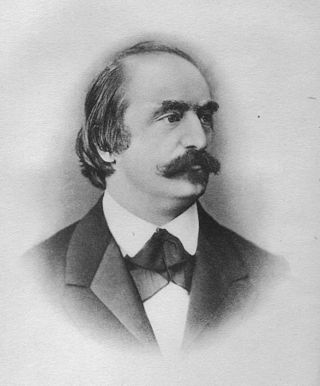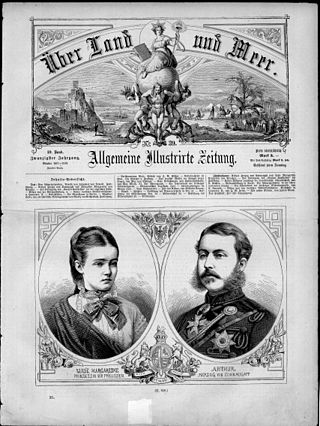
Photojournalism is journalism that uses images to tell a news story. It usually only refers to still images, but can also refer to video used in broadcast journalism. Photojournalism is distinguished from other close branches of photography by having a rigid ethical framework which demands an honest and impartial approach that tells a story in strictly journalistic terms. Photojournalists contribute to the news media, and help communities connect with one other. They must be well-informed and knowledgeable, and are able to deliver news in a creative manner that is both informative and entertaining.

The Frankfurter Allgemeine Zeitung is a German newspaper founded in 1949. It is published daily in Frankfurt. Its Sunday edition is the Frankfurter Allgemeine Sonntagszeitung.

The Oxford Companion to Music defines music criticism as "the intellectual activity of formulating judgments on the value and degree of excellence of individual works of music, or whole groups or genres". In this sense, it is a branch of musical aesthetics.
Moritz Brasch was a German philosopher and man of letters.

The Allgemeine musikalische Zeitung was a German-language periodical published in the 19th century. Comini (2008) has called it "the foremost German-language musical periodical of its time". It reviewed musical events taking place in many countries, focusing on the German-speaking nations, but also covering France, Italy, Russia, Britain, and even occasionally America.
The following is a timeline of the history of the German city of Leipzig.

The Berliner Illustrirte Zeitung, often abbreviated BIZ, was a German weekly illustrated magazine published in Berlin from 1892 to 1945. It was the first mass-market German magazine and pioneered the format of the illustrated news magazine.

The Pfennig-Magazin, produced jointly with the "Society for disseminating shared practical knowledge" was the first weekly German-language journal for sharing popular scientific and other knowledge by combining text with images. This was made possible by the development of Wood engraving technology which was better suited for reproducing images in large numbers than the copper plate engraving technology used hitherto.
Franziska Schlopsnies, born Spangenthal (born on 1 December 1884 in Frankfurt am Main; died on 30 December 1944 in Auschwitz concentration camp) was a German fashion, poster and graphic designer. In the 1920s, her Art Deco illustrations and covers appeared in, among others, the weeklies Jugend, Simplicissimus, Meggendorfer-Blätter, and Berliner Illustrirte Zeitung.

Über Land und Meer was a German illustrated news and political magazine published in Stuttgart, Germany, between 1858 and 1923. Its subtitle was Allgemeine illustrierte Zeitung.

Georg Eduard Hallberger, after 1869: von Hallberger was a German publisher and businessman.
Eleonore Henriette Magdalena Grabau-Bünau, also Henriette Grabau or Henriette Bünau, was a German operatic alto and mezzo-soprano. For twelve years she was the main singer at the Leipzig Gewandhaus and from 1843 to 1849 she was the first teacher at the Leipzig Conservatory.

Wolfgang Weber was a German photojournalist and film producer.
Hans Liska was an Austrian artist, painter, commercial artist and illustrator.

Der Bazar was a fashion magazine which was published in Berlin, German Empire, in the period 1854–1933. Its subtitle was first Technische Muster-Zeitung für Frauen. Then it was changed to Illustrirte Damen-Zeitung from 1 January 1857. It is one of the earliest examples of a multilingual magazine.

Sophia Hermine Stilke, née Sophia Hermine Peipers, was a German illustrator and painter of the Düsseldorf school.

Neue Berliner Illustrierte was a weekly illustrated magazine which existed between 1945 and 1991. It was published in East Germany and then in Germany following the German reunification. Its title was a reference to Berliner Illustrirte Zeitung which was an influential German publication at the beginning of the 20th century.
Das Kleine Blatt was an Austrian newspaper which was published in Vienna. The paper was affiliated with the Social Democratic Workers' Party, known as the Social Democratic Party. It was started in 1927 and published until 1971 with some interruptions.












